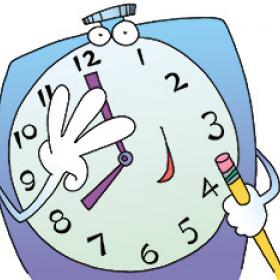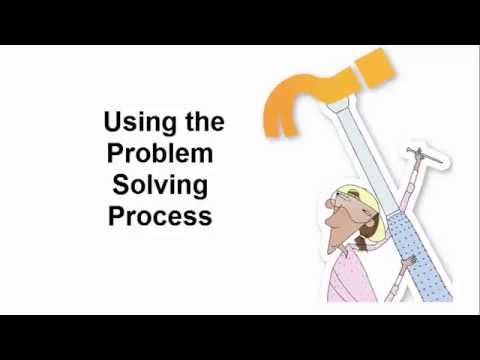Page 109 from

Start-Up Activity
Ask your students how they explain a complex idea to a little brother or sister. They may, for example, compare the idea (democracy) to something the younger sibling knows about (sharing and taking turns).
Then inform your students that the text structures in this chapter show different ways they can effectively and clearly explain their ideas.
Think About It
“I like to write as though my readers are without television, radio, movies, or anything else.”
—Joyce Carol Thomas

Start-Up Activity
Ask your students how they explain a complex idea to a little brother or sister. They may, for example, compare the idea (democracy) to something the younger sibling knows about (sharing and taking turns).
Then inform your students that the text structures in this chapter show different ways they can effectively and clearly explain their ideas.
Think About It
“I like to write as though my readers are without television, radio, movies, or anything else.”
—Joyce Carol Thomas






